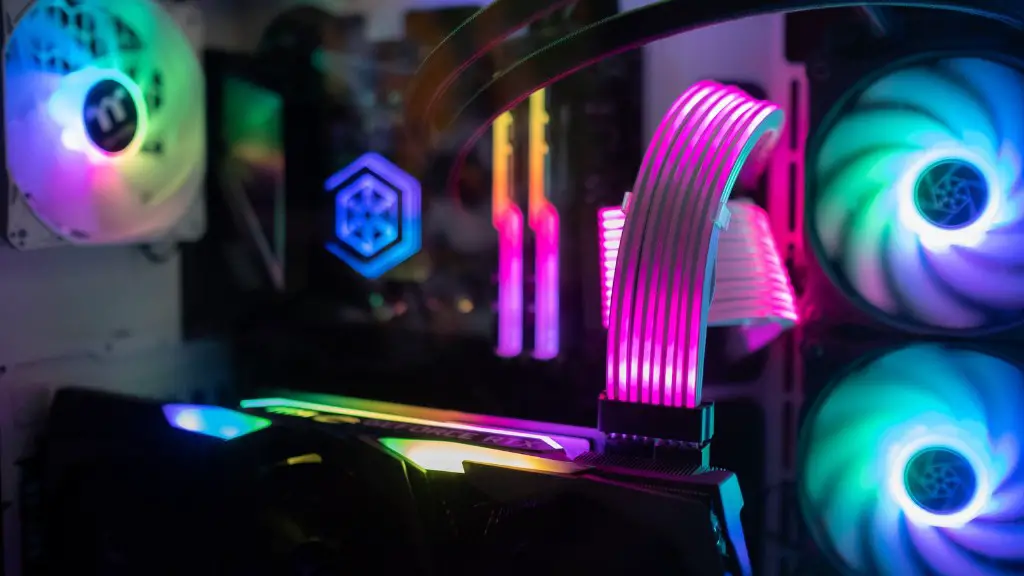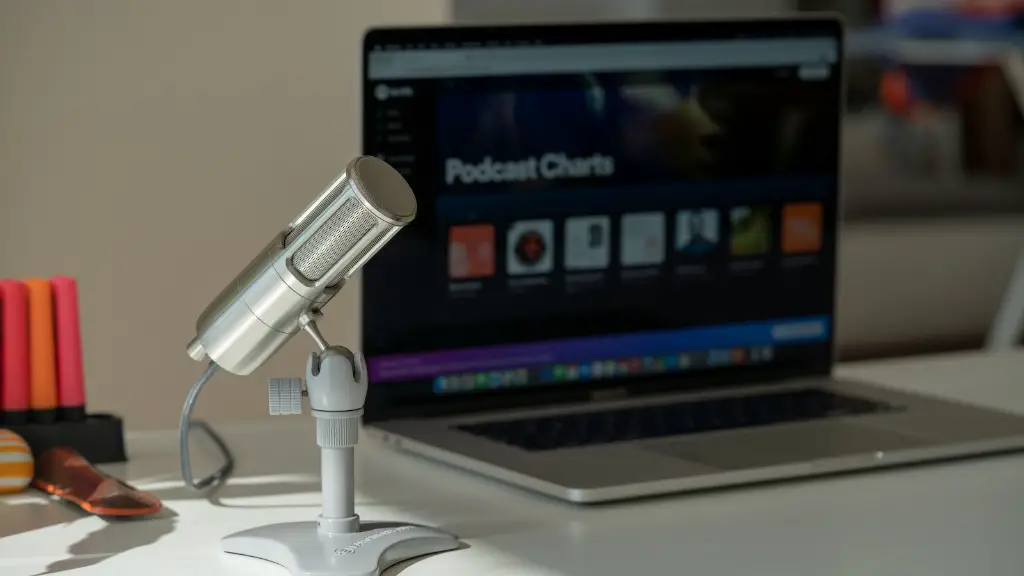When considering whether a gaming monitor can be used for office work, the answer may be “yes” depending on the application. Gaming monitors typically have higher refresh rates, improved color accuracy, and better resolution than a conventional office monitor. This makes them ideal for photo editing, video editing, and other intensive applications. In addition, office work often includes a considerable amount of time spent reading and writing reports, sending emails, and participating in video conferences, all of which are activities that benefit from a higher refresh rate and better color accuracy.
For those looking to save money, the cost of gaming monitors is often significantly less than comparable office monitors, so they may be attractive. However, it’s important to note that gaming monitors are typically built for gaming first, and office work second. This includes features such as adaptive synchronization, which can be great for gaming, but are not always necessary for office work.
Regarding ergonomics and other ergonomic considerations for office work, it’s important to look for a gaming monitor that comes with an adjustable stand to ensure that the monitor can be adjusted to an appropriate working height. Additionally, look for a model that offers adjustable settings for brightness and color temperature. Some gaming monitors offer presets for gaming and office work, but these may not be as suitable for office work as more comprehensive adjustable settings.
In terms of connectivity, most gaming monitors offer the same ports as conventional office monitors. This means that there should be no issue when it comes to connecting devices such as keyboards, mice, and webcams to the gaming monitor. However, gamers may require additional ports such as DisplayPort, or an audio passthrough.
Finally, many gaming monitors come with a range of gaming-specific features such as anti-tearing, motion blur reduction, and 120Hz refresh rates. While these features can be beneficial for gaming, they may be unnecessary in office work situations, so it is important to evaluate the features before making a decision.
Ergonomic Considerations
When considering ergonomics, it is important to ensure that the monitor is adjustable to a comfortable viewing height. Many gaming monitors come with a built-in adjustable stand, so this is not usually an issue. Some advanced gaming monitors also offer multiple viewing positions for added comfort. Be sure to choose a monitor that will enable you to sit ergonomically and be free from eyestrain.
In addition, many gaming monitors offer adjustable settings for brightness and color temperature. This can be particularly beneficial for office workers, as these settings help reduce eye strain and make it easier to read documents. It is also important to ensure that the contrast ratio of the monitor is adequate. A good contrast ratio ensures that the text is easy to read and that the colors are vibrant.
Finally, it is important to consider the size of the monitor when evaluating ergonomics. If the monitor is too large or small, it can be difficult to read small text or use the monitor for long periods of time. Therefore, it is best to choose a size that will offer a comfortable viewing experience. It is also recommended that you choose a model with an anti-glare or low-glare coating to reduce eye strain.
Connectivity
When it comes to connectivity, gaming monitors offer the same ports as standard office monitors. This means that it is easy to connect common peripherals such as keyboards, mice, and webcams. Some more advanced gaming monitors also offer additional ports, such as DisplayPort, which is useful for connecting game consoles and other devices.
The gaming monitor should also come with several USB ports for connecting external storage, printer, and other devices. Furthermore, many gaming monitors come with a headphone jack for private listening, which is useful for office workers who need to be able to concentrate. Additionally, some gaming monitors come with dedicated audio passthroughs, enabling users to connect external speakers, headphones, or other audio devices.
Finally, wireless connectivity is increasingly becoming a feature of gaming monitors, and some models come with Wi-Fi and Bluetooth support. This is particularly useful for office workers, as they can easily connect their laptop and other devices without the need for extra cables.
Gaming Performance
While gaming monitors are primarily designed for gaming performance, this does not mean that they cannot be used for office work. In fact, many of the features that make gaming monitors attractive, such as higher refresh rates, improved color accuracy, and better resolution, can also be beneficial for office work.
Furthermore, many gaming monitors come with built-in gaming features such as motion blur reduction, anti-tearing, and G-Sync, which can all help ensure smooth gaming performance. However, these features may be unnecessary for office work, and so it is important to consider whether they are really necessary before purchasing a gaming monitor.
In addition, many gaming monitors come with preset settings for gaming and office work, allowing users to conveniently switch between the two. This can be particularly useful for office workers who need to be able to switch between office tasks and gaming. However, it is important to evaluate the presets before making a purchase, as some models may not offer the exact settings needed for office work.
Finally, it is important to consider the refresh rate of the gaming monitor when evaluating its gaming performance. A good refresh rate will ensure that games will run smoothly, with minimal input lag or tearing. A refresh rate of at least 120Hz is usually adequate for gaming, and higher refresh rates will provide an even smoother experience.
HDR Compatability
When considering HDR compatibility, it is important to note that most gaming monitors are not capable of displaying HDR content. However, some premium gaming monitors offer HDR support, allowing users to get the most out of games that have been developed to take advantage of HDR technology.
When evaluating HDR support, it is important to consider the brightness, color accuracy, and peak brightness of the monitor. A good HDR-compatible gaming monitor will typically offer at least 350 cd/m2 of brightness, excellent color accuracy, and a peak brightness of at least 1,000 cd/m2. These specifications are necessary for displaying HDR content accurately and in full detail.
Furthermore, it is important to consider the response time of the monitor. The response time is responsible for how quickly a monitor can change from one color to the next. For gaming, a response time of 4ms is usually sufficient, but for HDR gaming, a response time of 1ms or less is required.
Finally, it is important to consider the contrast ratio of the gaming monitor when evaluating HDR compatibility. In order to accurately display HDR content, the monitor must have a high contrast ratio. Generally, a contrast ratio of at least 3000:1 is necessary for displaying HDR content accurately.


